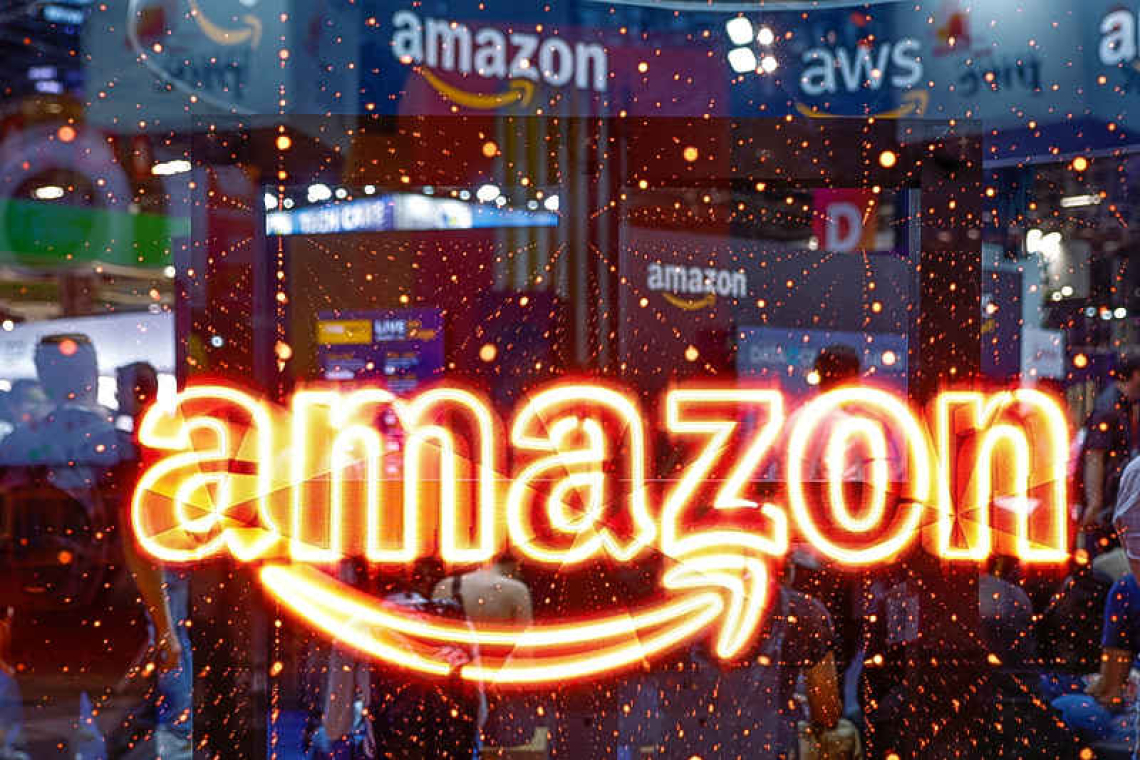WASHINGTON--Amazon.com used a series of illegal strategies to boost profits at its online retail empire, including an algorithm that pushed up prices U.S. households paid by more than $1 billion, the U.S. Federal Trade Commission detailed in a new court filing on Thursday.
The FTC lawsuit was filed in September but many details were withheld until Thursday when a version of the lawsuit with fewer redactions was made public in U.S. District Court in Seattle. Amazon, which has 1 billion items in its online superstore, created a "secret algorithm internally code named 'Project Nessie' to identify specific products for which it predicts other online stores will follow Amazon's price increases. ... Amazon used Project Nessie to extract more than a billion dollars directly from Americans' pocketbooks," the FTC said. Amazon spokesperson Tim Doyle said the FTC "grossly mischaracterizes" the pricing tool and the company stopped using it several years ago. "Nessie was used to try to stop our price matching from resulting in unusual outcomes where prices became so low that they were unsustainable," Doyle said. Amazon began testing the pricing algorithm in 2010 to see whether other online retailers tracked its prices and to raise prices for products that were likely to be tracked by competitors, the complaint said. After outside retailers began matching or increasing their own prices, Amazon would continue to sell the product at an inflated price, the FTC alleged, which resulted in $1 billion in excess profit. Amazon paused the algorithm during its Prime Day sales events and the holiday shopping season when there was more media and customer attention on the online retailer, the FTC said. "After the public's focus turned elsewhere, Amazon turned Project Nessie back on and ran it more widely to make up for the pause," the lawsuit said. Amazon in April 2018 used it to set prices for more than 8 million items purchased by customers that collectively cost almost $194 million, the complaint said, before pausing it in 2019.
Amazon retail executive Doug Herrington in January 2022 asked about using “old friend Nessie, perhaps with some new targeting logic" to boost profits for Amazon’s retail arm, the complaint said. The FTC called Nessie's algorithm an "unfair method of competition" because it manipulates other online stores into raising prices, allowing Amazon to do the same. The FTC complaint also accuses Amazon of seeking to hide information about operations from antitrust enforcers by using the Signal messaging app's disappearing message feature and said the company destroyed communications from June 2019 to early 2022. Amazon also required sellers under the company's Prime feature to use its logistics and delivery services even though many would prefer to use a cheaper service or one that would also service customers from other platforms where they sell, the FTC said.
The FTC alleged that an unnamed Amazon executive who headed global fulfillment had what he called an "oh crap" moment when he realized that letting sellers be on Prime without using Fulfillment by Amazon was "fundamentally weakening (Amazon’s) competitive advantage" by encouraging sellers "to run their own warehouses." Amazon average fees for sellers who used its fulfillment services increased from 27% in 2014 to 39.5% in 2018, the FTC said.







